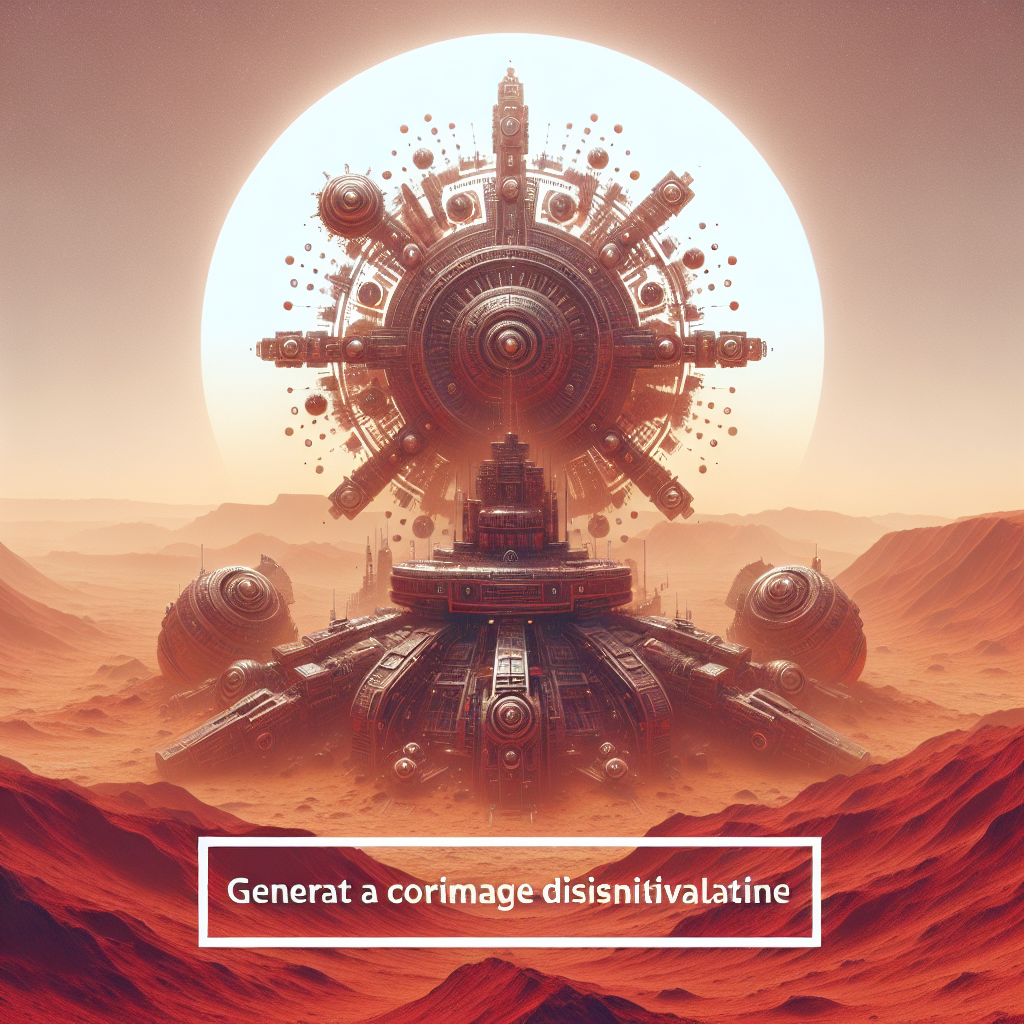Sublime, captivating, and hauntingly beautiful is the phenomenon of the Northern Lights, also known as the Aurora Borealis. This celestial dance of lights, which seems to be carefully choreographed by the universe itself, continues to bewitch and captivate spectators around the world.
The Aurora Borealis, named after the Roman goddess of dawn, Aurora, and the Greek word for the north wind, Boreas, frequently appear as a fluorescent green arch dancing across the night sky, though variations can provide an entire palette of vibrant colors ranging from pink, yellow, blue, and even luminous purple.
So, what precisely is this breathtaking spectacle? The Aurora Borealis is the result of collisions between electrically charged particles from the sun that enter the earth’s atmosphere. These charged particles collide with atoms and molecules found in Earth’s atmosphere resulting in energy releases in the form of colorful light.
Geographically, the auroras are at their most brilliant near the poles due to the Earth’s magnetic field. The Auroral Zone, a belt of higher latitudes including parts of Alaska, northern Canada, the southern half of Greenland, Iceland, Northern Norway, Sweden, and Finland, is where this striking occurrence is most frequently seen.
Viewing this magnificent display isn’t straightforward, as its appearance is influenced by solar activity. Typically, the best time to view the Northern Lights is in the winter months, specifically from late September to early April. However, it may still necessitate considerable planning, and a dash of luck, as clear, dark skies are vital.
The Aurora Borealis holds significant meaning in many cultures. To some indigenous tribes, the lights were seen as spirits of their ancestors watching over them. In Viking mythology, it was believed that the Northern Lights were reflections off the shields of the Valkyrie, warrior women who decide who dies in battle and who lives. Whatever their interpretation, the enchanting lights of the Aurora Borealis inspire a deep-rooted sense of awe, insignificance, and the colossal majesty of nature.
Despite being a common feature of every Nordic postcard, witnessing the Northern Lights first hand is an ethereal experience that is wildly different from viewing a photograph. There’s no comparison to the feeling of insignificance and awe one feels during those fleeting moments when the heavens open, revealing a glimpse of their divine grandeur. For many, witnessing the Aurora Borealis is a bucket-list experience and one that is truly life-changing.
Interestingly, Earth is not the only planet that experiences this natural marvel. Similar phenomena exist on planets such as Jupiter and Saturn, but due to the differences in atmospheric compositions and magnetic field characteristics, they could exhibit differently than our Northern Lights.
The Aurora Borealis is a magnificent natural phenomenon that serves as a moving reminder of our planet’s place in the broader universe. Its enigmatic beauty embodies the crossing point between science and mythology. This otherworldly spectacle continues to inspire and amaze those fortunate enough to experience it.
From a scientific, spiritual and aesthetic perspective, the Northern Lights offer a magical, transcendent experience that bridges earth and sky. The dance of ethereal colors across the sky prompts a deep respect for the sheer beauty and vastness of the natural world. Whether it’s making your way to the Arctic Circle or simply appreciating images from afar, few can deny the emotional and spiritual weight of this astounding spectacle.
The incandescent wonder of the Northern Lights is just another example of nature’s unrivaled ability to captivate and inspire. So keep exploring, keep wondering, and you might just be able to bear witness to Earth’s most entrancing marvel that is the Aurora Borealis.
Every natural phenomenon carries a story, a scientific explanation, and a cultural significance, just like the mystical dance of Northern Lights in the polar skies. We only need to keep our hearts and minds open to their message, illuminated against the ink-black canvas of the cosmos.

Leave a Reply